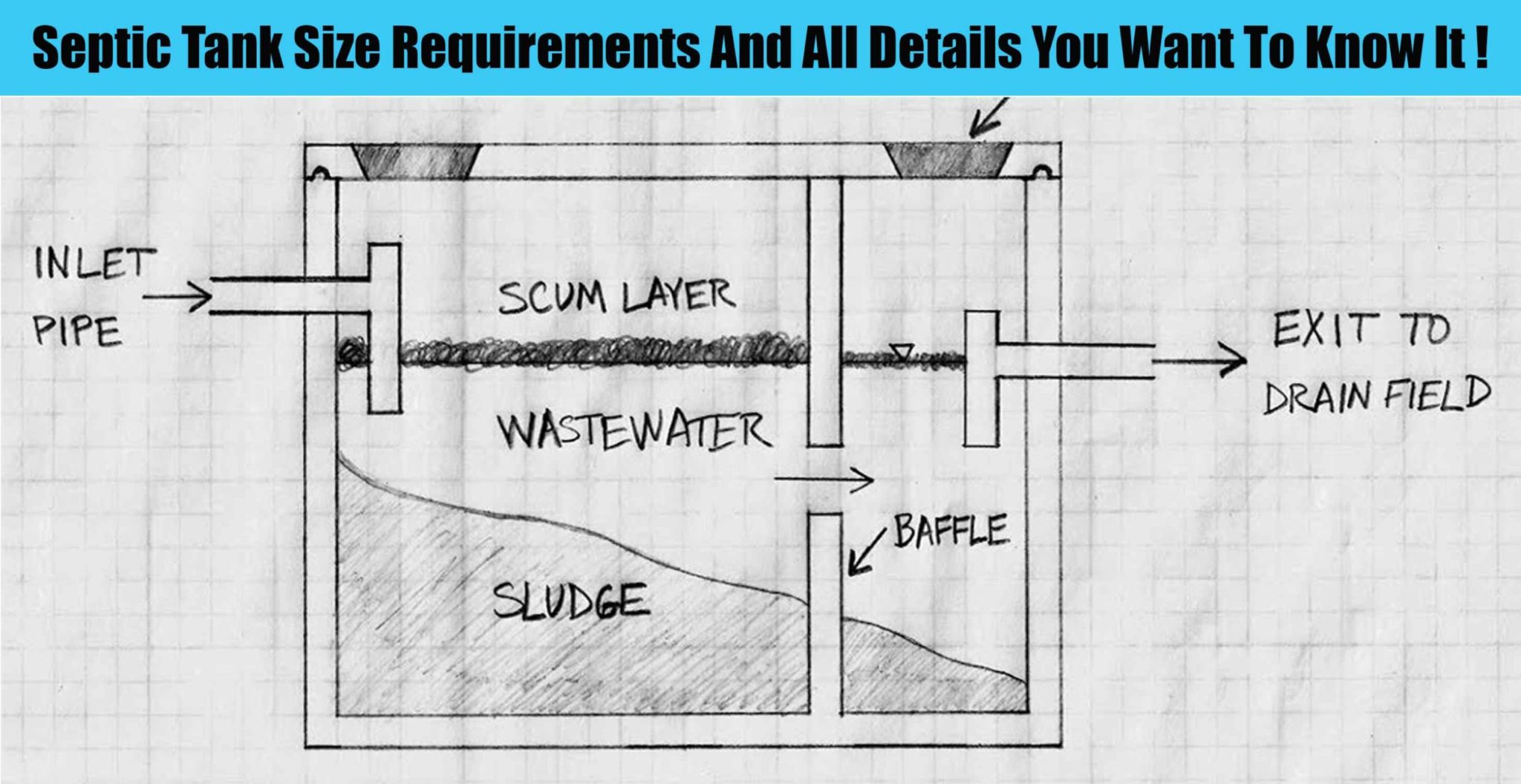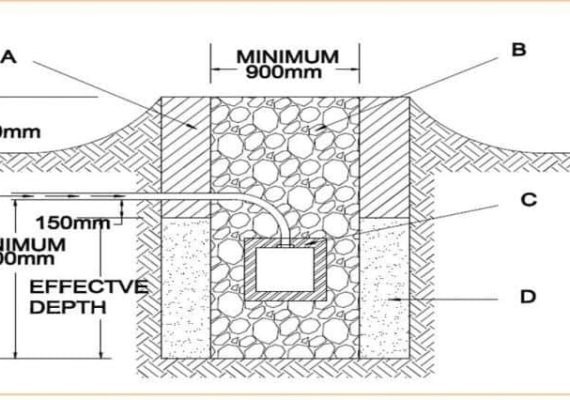What Is A Trickling Filter? Difference Between Activated Sludge And Trickling Filter?
What Is A Trickling Filter?
TFs are employed to eliminate organic waste from wastewater through aerobic treatment utilizing microorganisms attached to a medium.
This is a common technique in attached-growth processes like rotating biological contactors and biotowers (packed bed reactors). In contrast, suspended-growth processes use microorganisms sustained in a liquid.
What Are The Types Of Trickling Filters?
Trickling filters are wastewater treatment devices that use a bed of media (rocks, coke, gravel, etc.) over which sewage flows.
The flow of wastewater causes the formation of a biofilm layer. There are four types of trickling filters:
- Low-Rate Trickling Filters (LRTF) – wastewater is sprayed intermittently and do not have effluent recirculation, leading to stable effluent quality.
- High-Rate Trickling Filters (HRTF) – include effluent recirculation which dilutes the entering wastewater and improves filter efficiency.
- Roughing Filters – high-rate filters with plastic packing, used to treat wastewater before further treatment.
- Two-Stage Trickling Filters – used for high strength wastewater or when nitrification is needed. Two filters are used, one for carbonaceous BOD reduction and the other for nitrification.
Is Trickling Filter Primary Or Secondary?
Trickling filters are a type of secondary wastewater treatment that follow primary treatment, such as a septic tank or pre-treatment.
The filter is a cylindrical tank filled with a material with high surface area, such as rocks, gravel, shredded PVC or plastic media, to support biofilm growth.
Organisms in the biofilm oxidize organic waste to CO2 and water while producing new biomass, mainly in the outer part of the slime layer with a thickness of 0.1-0.2mm.
What Is The Difference Between Activated Sludge And Trickling Filter?
The main difference between activated sludge and trickling filter is the way biomass is cultivated.
In activated sludge, biomass is mixed with sewage in a suspended culture system. In trickling filter, it’s grown on a media in an attached culture system, with sewage passing over it.
Activated sludge has a series of aeration basins and a clarifier, while trickling filter has a circular tank, distributors, an underdrain system and a clarifier.
Microorganisms in activated sludge are suspended in mixed liquor, while those in trickling filter are attached to the filter medium.
What Is The Function Of Trickling Filter?
TFs use microorganisms (bacteria, fungi, algae, and protozoa) in the form of a biological film or slime layer (0.1 to 0.2mm) to absorb organic material in wastewater.
The microorganisms attach to the medium (rock, slag, plastic) as wastewater flows over them. Aerobic bacteria in the outer layer of the slime degrade organic material, while the inner layer becomes anaerobic as oxygen can’t penetrate.
Over time, the film grows and some microorganisms lose their grip and fall off in a process called sloughing. The fallen solids are collected and removed from the wastewater in a clarifier.
What Are The Components Of A Trickling Filter?
The components of all trickling filter sewage systems are:
- Septic tank for solids primary settling and fermentation
- Filter medium that promotes and develops beneficial microbes
- Container that holds the filter medium
- System to apply wastewater to be treated to filter medium
- System to discharge treated effluent or to percolation ponds.
By treating septic tank effluent before it goes into the ground, better treatment levels are achieved and smaller disposal options, like leach fields, shallow pressure trench or area beds are needed.
The systems can be set up for single-pass or multi-pass. Single-pass means the treated water is used once before being disposed of, while multi-pass means a portion of the treated water is recycled back to the septic tank for re-treatment through a closed-loop, which leads to higher treatment quality and reduces Total Nitrogen levels.


![Advantages of Biodigester + How Biodigester Works [A Simple Guide]](https://www.hpdconsult.com/wp-content/uploads/2019/06/maxresdefault-1-570x400.jpg)
